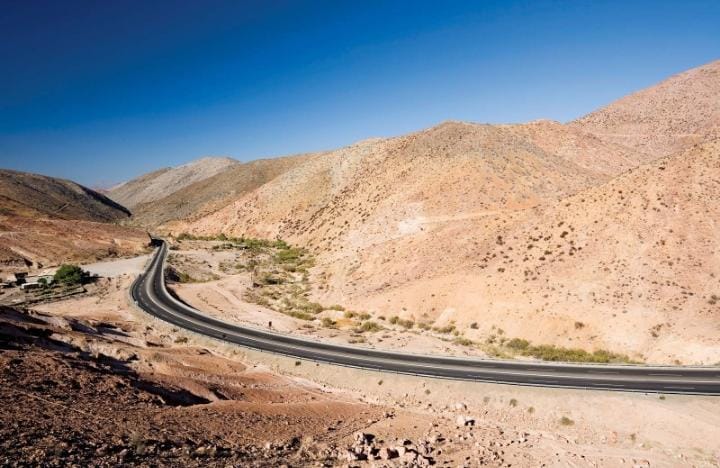The Pan-American Highway is renowned as the longest motorable road in the world, stretching approximately 30,000 kilometers (about 19,000 miles) from Prudhoe Bay in Alaska to Ushuaia in Argentina. This remarkable route traverses 14 countries, offering travelers a unique opportunity to experience diverse cultures, landscapes, and climates.
The concept of a transcontinental highway dates back to the First International Conference of American States in 1889, where the idea of a railroad connecting the Americas was proposed. However, it wasn’t until the 1920s that the notion of a highway gained traction.
By 1937, several countries agreed to construct the highway, culminating in its gradual development over the following decades.
Despite its completion, the highway remains incomplete due to the Darién Gap, a challenging stretch of jungle between Panama and Colombia that lacks a road.
The highway’s route is not a single road but rather a network of interconnected highways and roads. Starting in Prudhoe Bay, the highway winds through Canada and the United States, linking major cities like Los Angeles and San Diego before entering Mexico.
The highway passes through all Central American countries, including Guatemala, Honduras, and Costa Rica, showcasing stunning landscapes ranging from tropical rainforests to volcanic mountains.
Resuming in Colombia, the highway continues through Ecuador, Peru, and Chile, eventually reaching Argentina.
Travelers can explore breathtaking natural wonders, such as the Andes mountains and the Amazon rainforest.
Traveling the Pan-American Highway offers a plethora of experiences. Each country along the route presents its own unique culture, cuisine, and traditions.
From the vibrant markets of Mexico to the historical sites of Peru, travelers can immerse themselves in local customs. The journey includes stunning landscapes, such as the glaciers of Patagonia, the deserts of northern Chile, and the lush jungles of Central America.
Iconic sites like Machu Picchu and the Panama Canal are also accessible along the route. The highway presents various challenges, including extreme weather, road conditions, and the need to navigate through remote areas.
Travelers often encounter landslides, livestock on the road, and varying infrastructure quality.
It’s essential to plan your route carefully, considering the diverse climates and road conditions. Some areas may only be passable during the dry season. Spanish is the predominant language in most countries along the highway.
Learning basic phrases can enhance your travel experience and help with interactions. While many travelers successfully steer the highway, it’s crucial to stay informed about safety conditions in specific regions, particularly in Central America.
Be prepared to ship your vehicle across the Darién Gap, as this section cannot be traversed by road. This may involve using a ferry or shipping container.
The Pan-American Highway is more than just a road; it represents a journey through the heart of the Americas, filled with adventure, cultural richness, and breathtaking scenery. Whether you’re a seasoned road tripper or a first-time traveler, this epic route offers an unparalleled experience that will leave lasting memories.

